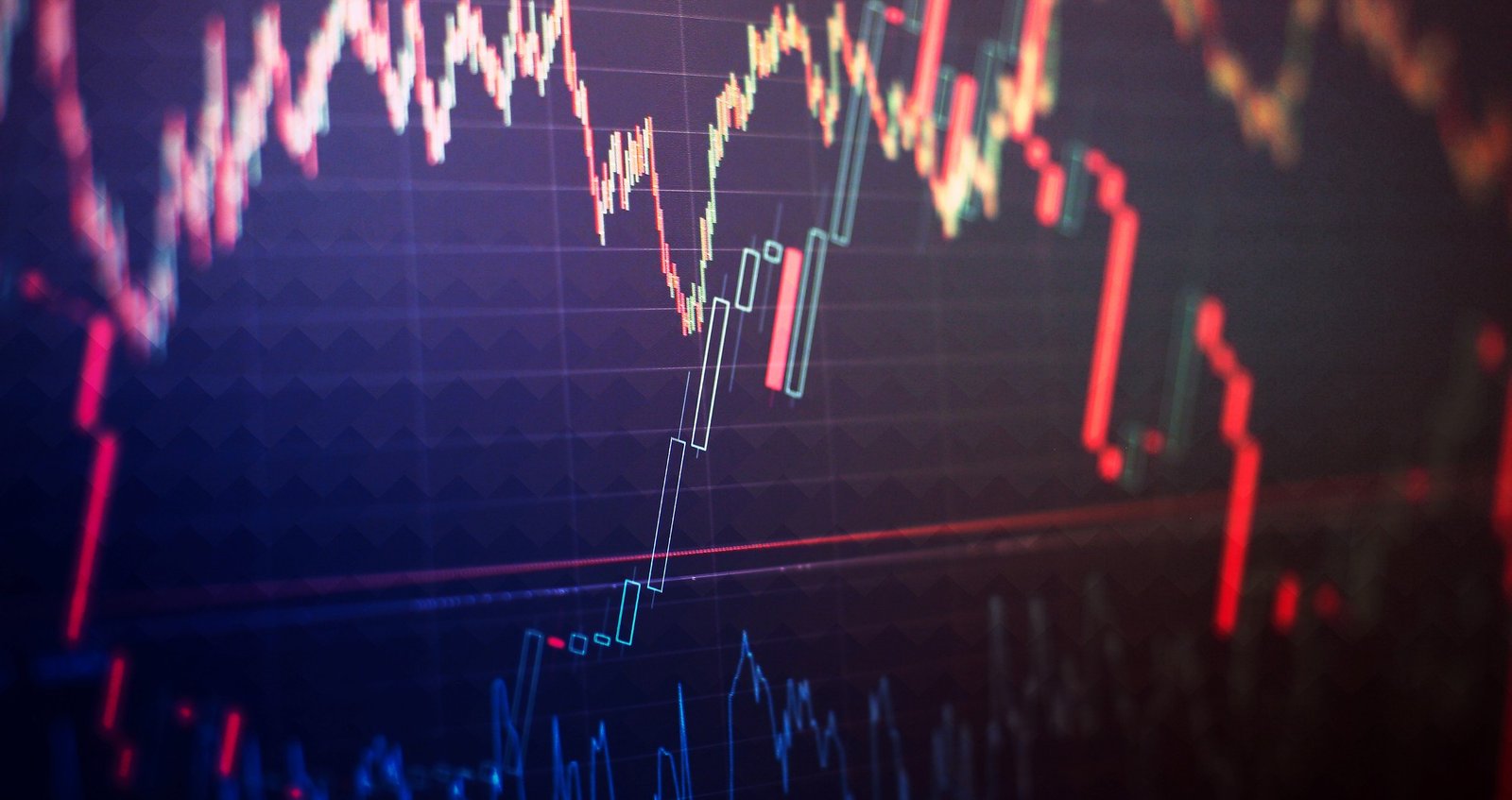Spreads are an essential component of any trading choice since they can turn a winning trade into a bittersweet victory or a profitable investment into an avoidable loss. The spread a trader pays has a direct influence on their overall trading costs, making it an important factor when selecting a forex broker and engaging in trading endeavors!
What is the Spread?
Spread is defined as the difference between the bid and ask price of a currency pair. That is usually measured in pips, the smallest unit of price movement. The larger the gap, the higher the spread. It can be very small in a high liquidity market, but when the market is less liquid, spreads will be wider.
The bid price is the price that the trader is willing to pay for the traded asset. The ask price is the price that the trader is willing to receive from selling the traded asset.
When trading currencies, a quote for a GBP/USD currency pair can be displayed as $1.3089/91. The first figure represents the bid price of $1.3089, while the second figure represents the ask price of $1.3091, and the difference between the two is the spread worth of 2 pips.
In forex trading, currencies are traded in pairs, as currencies are defined as base currency and secondary quote currency. A currency pair measures the value of one currency against another.
A base currency is the first currency in a currency pair. Also known as the transaction currency. The quote currency is the currency being used to pay for the transaction, and it is also known as the counter currency, or secondary currency. To delve deeper into this topic, read more about Quote Currency and Base Currency!
How Forex Market Spreads are Quoted?
The value of the spread is determined in pips, which is an abbreviation for “percentage in point.” A pip signifies the smallest possible price movement in currency pairs. Typically, it is denoted at the final decimal position of the price quote.
Most currency pairs are quoted with four decimal places, except for those involving the JPY currency, which usually features only two digits after the decimal point. For example, a single pip would be expressed as 0.0001 for a major pair like the EUR/GBP, and as 0.01 for the GBP/JPY.
How to Calculate Spreads in Forex Trading?
The spread is usually measured in pips, which represent the smallest price movement based on market convention for a given exchange rate.
Here’s how you can calculate the spread:
- Identify the currency pair: Determine the specific currency pair you wish to trade, such as EUR/USD, GBP/JPY, or USD/JPY.
- Find the bid and ask prices: Locate the bid and ask prices for the chosen currency pair. Brokers or trading platforms usually provide these prices.
- Calculate the spread: Once you have the bid and ask prices, subtract the bid price from the ask price. The result will give you the spread in pips.
The formula for calculating the spread in pips is:
Spread = Ask Price – Bid Price
For instance, let's take an example where the bid price for EUR/USD is 1.2000 and the ask price is 1.2005. The spread would be: Spread = 1.2005 - 1.2000 = 0.0005 (5 pips)
Understanding the spread:
Traders generally prefer lower spreads as they represent lower entry or exit costs for trades. A tighter spread offers better trading conditions. Conversely, wider spreads can make it more challenging for trades to become profitable quickly, as the exchange rate needs to move significantly in the trader’s favor to cover the spread’s cost.
Different currency pairs and trading sessions can have varying spreads. Major currency pairs like EUR/USD and USD/JPY typically have lower spreads due to their high liquidity and trading volume. On the other hand, cross currency pairs or exotic currency pairs may have wider spreads because they possess lower liquidity and less trading activity.
Different Types of Spreads in Forex Trading
The spread is normally determined by the forex broker and might vary depending on market volatility and the currency pairs being exchanged.
Let’s uncover two main types of spreads in forex trading:
Fixed Spread:
A fixed spread refers to a situation where the gap between the bid and ask prices remains unchanged, irrespective of market conditions. Traders often find this type of spread advantageous as it offers greater predictability in terms of trading costs. Nevertheless, it’s important to note that fixed spread may widen when market liquidity is low or during periods of high volatility.
Variable Spread:
The variable spread in the market is subject to fluctuations, influenced by factors like liquidity and volatility. Typically, the spread becomes narrower during periods of high liquidity, but widens during times of low liquidity or increased volatility. Variable spread is commonly observed in the forex market.
Other spreads of lesser significance include:
Commission-based Spread:
Certain brokers provide commission-based spreads, in which they impose an additional fee alongside the variable spread. This commission fee is typically a fixed amount per lot traded and remains unaffected by market conditions.
Floating Spread:
A floating spread refers to a dynamically adjusting variable spread that reacts in real time to market conditions. This means that the spread will narrow during periods of high liquidity, while widening during times of low liquidity. Such flexibility allows for optimal pricing and reflects the ever-changing nature of the market.
Tight Spread:
A tight spread denotes a narrow gap between the bid and ask prices, which is generally favored by traders due to its ability to minimize trading expenses.
Wide Spread:
A “widespread” refers to a significant difference between the bid and ask prices. Such wider spread tend to be more prevalent in markets that are either less liquid or more volatile in nature.
Spread VS Commission Explained
The spread is defined as the cost that applies to forex trades. While the spread refers to the trading cost, the commission is known as the compensation for trading intermediaries in non-spot forex, it is less popular in the retail Forex industry. Zero-spread and ECN accounts usually have some sort of commission, which is based on trade volume. This type is preferred by traders who prefer to trade news and low liquidity markets.
By paying commissions, which are usually high, traders avoid abnormal wide spreads, requotes, and slippage. Most forex currency pairs are traded without commission. But brokers will apply spreads that will be affected by the currency pair traded, volatility level and the lot size of the trade. The entire amount is paid upfront, compared to the commission that is charged on entry and exit levels.
Learn how to accurately calculate forex trading costs by considering key factors such as spread, commission, and swaps.
How do Economic Conditions Impact Forex Spreads?
Economic conditions significantly impact forex spread, which are the differences between bid and ask prices in the foreign exchange market.

Spreads represent trading costs and are influenced by factors like:
- Interest Rates: Higher interest rates attract investment, narrowing spreads. Lower rates discourage investment, widening spreads.
- Economic Growth and Stability: Strong growth and stability boost investor confidence, reducing spreads.
- Inflation: High inflation may lead to currency depreciation and wider spreads to compensate for potential losses.
- Political Stability and Risk: Stable countries have narrower spreads, while turmoil increases spreads due to higher risk.
- Trade Balances: Surplus nations usually have tighter spreads, deficit nations may have wider spreads.
- Market Sentiment: Positive economic data narrows spreads, negative data widens them due to uncertainty.
- Market Liquidity: High volatility or low liquidity widens spreads as traders become more risk-averse.
- Central Bank Interventions: Central bank actions can impact spreads based on market reaction.
Additionally, spreads are influenced by other factors like brokerage models, trading platforms, and trading volumes throughout the day. Traders should consider economic conditions’ impact on spreads when making forex decisions.
Know your Spread!
Knowing the spread in the forex market is crucial. It represents the transaction cost charged by the broker and should align with your trading style. Also, being aware of the possibility of spread manipulation by unscrupulous brokers is essential. Choose a reputable broker regulated by a regulatory body to ensure the safety of your funds.
Low spreads result in lower operating costs and long-term savings for traders. Therefore, offsetting high spreads requires generating higher profits. The spread plays a significant role in traders’ losses and gains.
For instance, when a trader engages in numerous short-term (scalper) trades, a significant spread can consume a substantial portion of their profits. On the other hand, for a long-term trader (swing) whose trades accumulate a certain number of pips in profit, the spread holds little significance as it exerts minimal impact on trading outcomes.
The Importance of Spreads to Forex Brokers!
Foreign exchange brokerages profit not just from fees and spreads, but also by taking the opposite side of customer trades. Most retail customers tend to lose money, which benefits the brokerages. If customers make poor trading decisions and don’t withdraw their funds, brokers can generate more gains by keeping the deposited money rather than relying on fees and spreads.
While spreads and commissions contribute to broker profits, they are more important to traders. Spreads are the price you pay to do business with a broker and impact long-term profitability based on how often you open positions. Discover expert insights on how to choose a low spread forex broker in detail!





